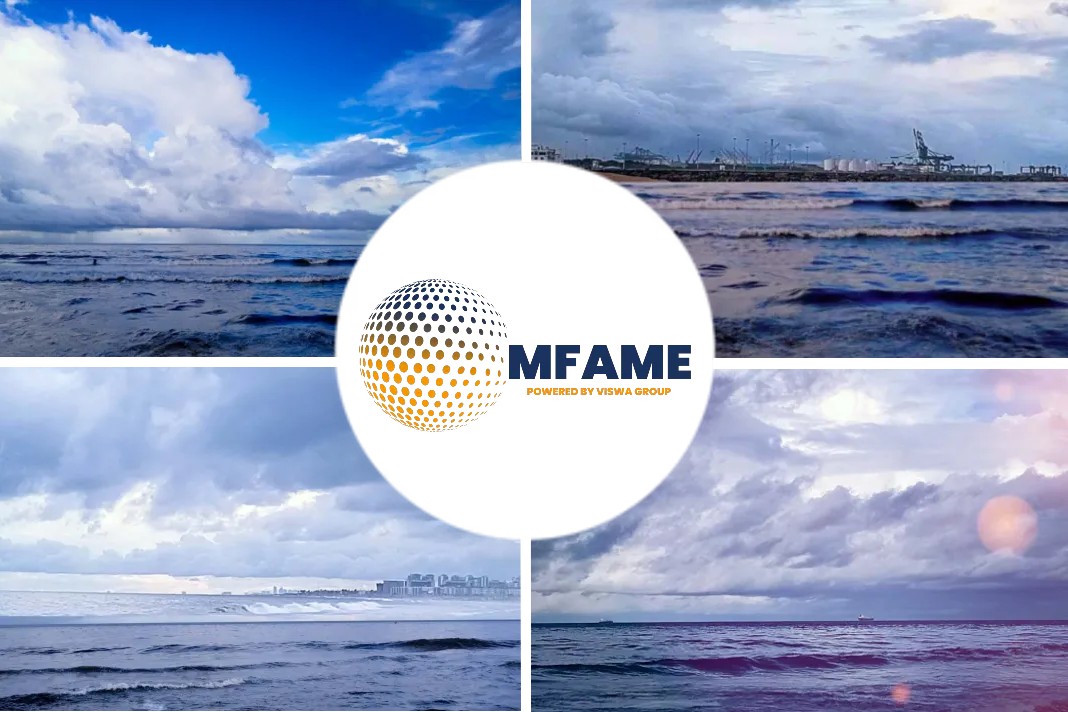This Regional Guide 2 updates MARSEC information throughout Asia, including the types of piracy and armed robbery occurrences, preventive measures advice, and contact information for key enforcement authorities as reported by Recaap.
Current threats in Asia
The criminal activities involving ships underway in the Asian region can be broadly grouped into the following categories:
1. Armed robbery and theft: In general, such operations occur when ships are in coastal waters and are opportunistic in character. When the bridge team is travelling through congested waterways and island groupings, ships are especially susceptible. In the SOMS, particularly in the eastbound lane of the TSS in the SS, and in the South China Sea, incidents onboard ships in transit have happened. The major goal of the culprits is to take and flee without being seen by the crew.
2. Hijacking of ships: The most recent hijacking in Asia was reported in May 2016, at the time of writing. An oil ship was engaged in this incident, which occurred in Southeast Asian waters. Tanker hijackings have largely happened during the hours of darkness in the southern part of the South China Sea and the Malacca Strait from 2011 to 2017. Small tankers, particularly ones with minimal freeboard, have been targeted in these attacks. Ships delivering certain grades of oil cargo have also been targeted, implying that the criminals had insider knowledge of the cargo, timetable, and route of the targeted ships. Ships could be commandeered for several hours or days in order to transfer oil cargo to a smaller “feeder” vessel.
3. Abduction of the crew for ransom: The ASG committed serious crimes of crew kidnapping for ransom onboard ships passing the waters off Eastern Sabah, Malaysia, and the Sulu-Celebes Seas in the Philippines. They frequently go after slow-moving ships with a low freeboard, such as tugboats and fishing trawlers. They’ve also attempted but failed, to attack larger ships. The attackers intended to demand ransom money from the ship owners or the abducted victims’ families.
4. Method and equipment used for boarding: To board ships in Asia, the offenders frequently employ wooden small boats or fishing boats (to prevent detection) and a range of instruments such as poles, hooks, and lines. In Asia, the usage of a mothership is uncommon because most occurrences occur in ports, anchorages, or coastal areas. Due to the relatively short distance from the shore, even for piracy situations on the high seas, mostly in the South China Sea, the deployment of a mothership is not typical.
Risk assessment
A Risk Assessment should look at the effectiveness of existing security measures and recommend additional preventive, mitigation, and recovery options. The following items should be included in the risk assessment, but not limited to:
- Crew safety (measures to prevent illegal boarding and external access to accommodation space, whilst ensuring that the crew will not be trapped inside and will be able to escape in the event of a fire, flooding, or another emergency)
- The specific threat (who are likely the pirates/armed robbers, what do they want to achieve, how do they attack, how do they board, which weapons do they use etc). The latest on the threat situation may be obtained from the ReCAAP ISC, IFC, regional reporting centres, shipping associations, IMB, commercial intelligence providers or local sources e.g. ships’ agents.
- The ship’s and company’s procedures (drills, watch rosters, a chain of command, decision-making processes, etc.).
- Background factors that may affect the unauthorised boarding (geography, visibility, sea-state, speed, wind, weather, swell, wave height, traffic density, and local patterns of activity, for example, other commercial ships, fishing concentration areas, etc.)
- The ship’s characteristics/vulnerabilities/inherent capabilities to deal with the threat (for example, ship’s freeboard, speed, general arrangement, etc.)
- Ship’s procedures (such as drills, watch rotation, routine maintenance, etc.)
- Planning and procedures (time/duration/season of transit – day/night)
- Any statutory requirements, in particular those of the flag State and or the coastal and port State. Other requirements dictated by the company, charterer, and insurance policies should also be taken into consideration.
Fundamental requirements of the guidance
As piracy and armed robbery against ships in the Asian region have developed over time, this new guidance offers sailors with the information they need to stay safe:
#1 Understand the threat
- Maritime threats are dynamic.
- Obtaining current threat information is critical for risk assessment and decision making.
#2 Conduct risk assessments
- Companies must conduct risk assessments.
- Identify ship protection measures.
#3 Implement ship protection measures
- Harden the ship.
- Brief and train the crew.
- Enhanced lookout.
- Follow flag State, insurance and regional guidance.
#4 Report
- Register and report to Regional Centres.
- Report incidents and suspicious activities to coastal States and Regional Centres.
- Send distress signal when attacked.
#5 Cooperate
- Cooperate with coastal States.
- Cooperate with law enforcement to preserve evidence.
- Cooperate with welfare providers.
Did you subscribe to our newsletter?
It’s free! Click here to subscribe!
Source: Recaap

















